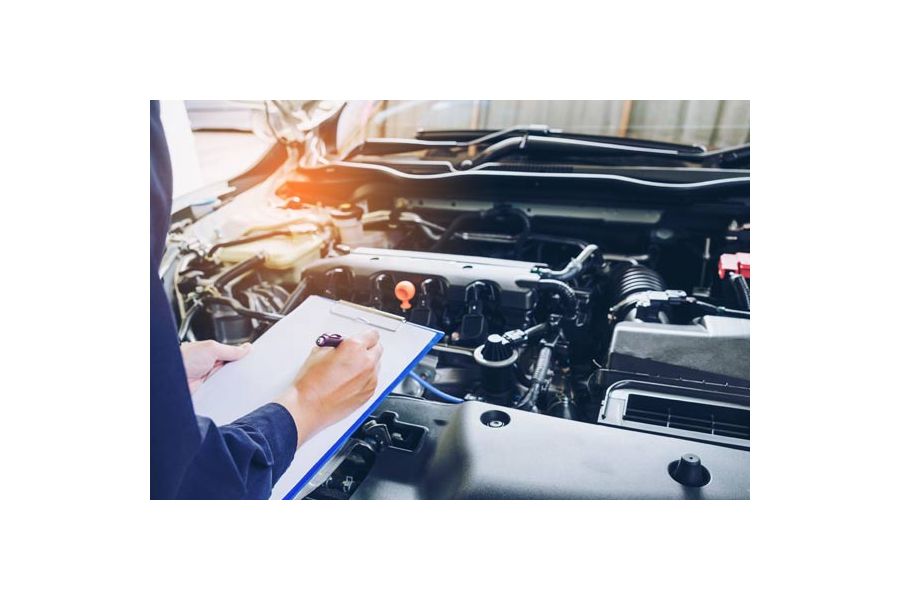Costly Car Parts Hiking Repair Costs, Thefts

American motorists love their cars and trucks, and they hold them even closer to their hearts these days when they’re loaded up with a full range of features that were until only recently relegated to the luxury-car category. Even some of the least-expensive rides on the road can be equipped with items like heated and ventilated seats, voice-activated navigation systems, and advanced accident avoidance systems.
Not surprisingly, new vehicles are becoming more expensive than ever, with the average transaction price now exceeding $36,000. What’s more, the cost of repairs following a collision is becoming so prohibitively expensive, what might look repairable to the layperson would be considered a total loss to an insurance adjuster. According to the U.S. Bureau of Labor Statistics, prices for motor vehicle repairs were 61.07 percent higher in 2017 than they were in 2000.
When the cost of repairs plus its scrap value equals or exceeds its pre-accident value (in some states this status is based on the cost of repairs exceeding a set percentage of the vehicle’s value), generally, a car is declared to be “totaled”.
As it is, lower-valued older cars can become totaled in what might seem to be only a modest crash if the vehicle’s array of costly-to-replace airbags deploy. Worse, leading-edge features found in newer cars – particularly high-tech safety systems like forward collision mitigation and blind-spot warning systems – employ multiple sensors and/or cameras embedded in bumpers and fenders, are driving up repair costs faster and further.
What’s more, the hardware involved can be maddeningly complex – and expensive – to re-install, with some particularly sophisticated systems requiring laborious recalibration. Some service departments might have to farm out the work to another dealership if its technicians haven’t yet been trained on a particularly advanced system’s finer points.
But even reasonably rudimentary components are becoming prohibitively costly to replace these days, and their rising “street value” is prompting a rise in auto thefts. According to the National Insurance Crime Bureau in Des Plaines, Illinois, vehicle thefts rose again last year by more than four percent, fueled largely by so-called “chop shop” rings that dismantle stolen cars and sell their parts to unscrupulous vendors.
As an example, the NICB computed the cost of 15 common replacement components for a few of the models on its most-stolen “Hot Wheels” list from a database of over 24 million vehicle damage appraisals generated for insurance claims from 2016 and 2017.
Altogether, the 15 essential items cost nearly $11,000 to purchase for a 2016 Toyota Camry midsize sedan, which was the most-stolen new car as reported by the NICB for that particular model year. The most expensive part here is a quarter body panel at just over $1,700. The same parts on a 2016 Nissan Altima would cost over $14,000; here, the NICB says a headlamp assembly costs just over $2,000 each. Prefer a pickup truck? Those components would cost over $21,000 in a full-size GMC Sierra 1500, and with labor charges would certainly be enough to declare all but the costliest models in the 2016 lineup total losses.
"For the professional theft ring, stealing and stripping vehicles for parts has always been a lucrative business," says NICB senior vice-president and COO Jim Schweitzer. "On today's cars and trucks, the parts are often worth more than the intact vehicle and may be easier to move and sell. That's why we see so many thefts of key items like wheels and tires and tailgates … there's always a market for them.”
Copyright © CTW Features